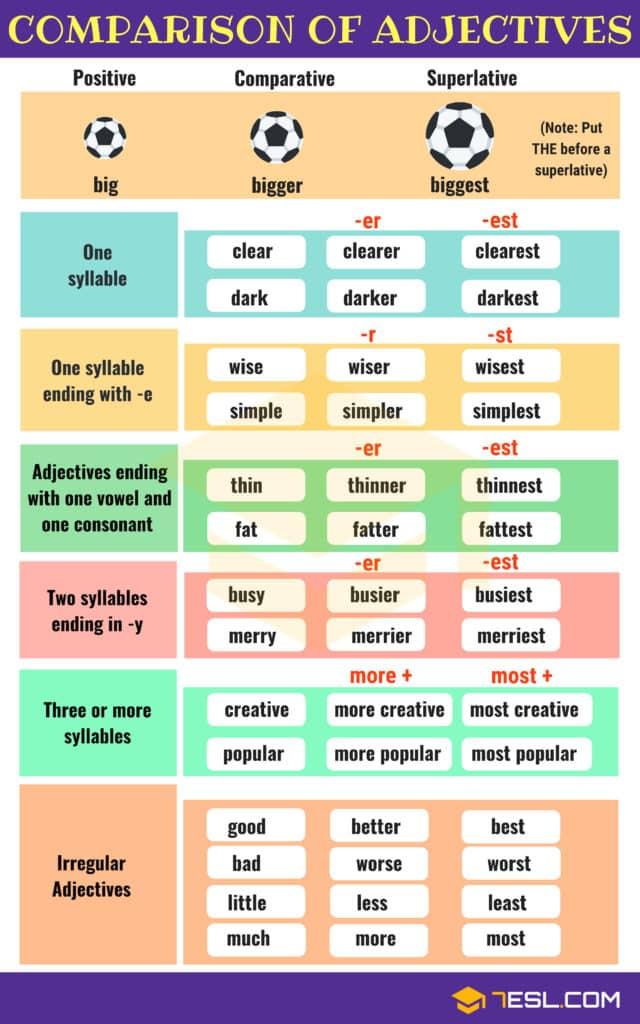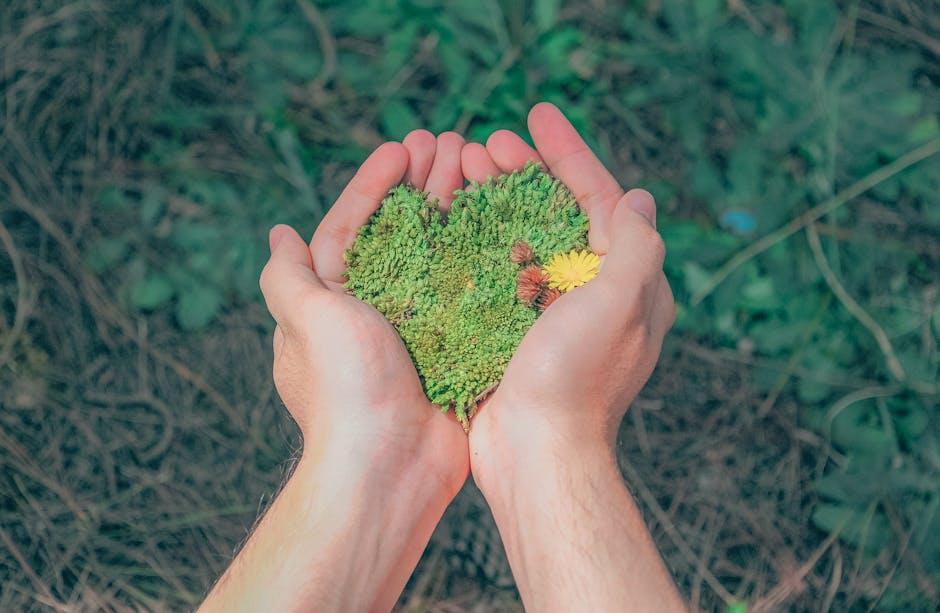In an age where sustainability dominates discussions about consumerism and environmental obligation, the quest for eco-pleasant alternatives has never been more fervent. From bamboo toothbrushes to compostable packaging, the market is flooded with options that promise to be gentler on the planet. But as the allure of these green solutions grows, a pressing question emerges: how long do these eco alternatives really last? The Longevity Test seeks to peel back the layers of marketing hype and explore the actual lifespan of popular sustainable products. Are they a fleeting solution or a durable choice worth the investment? Join us as we delve into the durability, effectiveness, and ultimate sustainability of these alternatives, shedding light on what it truly means to choose the “greener” path.

Exploring the Durability of Eco-Friendly Options
When considering eco-friendly alternatives, one might wonder how these products hold up under the pressure of daily use. Surprisingly,many sustainable options have undergone rigorous testing to ensure they meet quality standards while also being environmentally responsible. For instance,biodegradable materials have improved significantly in durability,providing consumers with longer-lasting usage without compromising their commitment to the planet. These materials often exhibit **resilience** and **strength**, debunking the myth that going green means sacrificing performance.
A comparative analysis of eco-friendly products vs. conventional options can offer valuable insights into their longevity. Below is a table illustrating this comparison, shedding light on how different materials stack up in terms of lifespan:
| Material | Typical Lifespan | environmental Impact |
|---|---|---|
| Bamboo | 5-10 years | Highly sustainable |
| Recycled Plastic | 10-20 years | Reduces waste |
| Organic Cotton | 3-5 years | Lower pesticide use |
| Hemp | 5-15 years | Fast-growing crop |
The results are clear; when it comes to longevity, many eco-friendly materials stand up to customary options while offering a significantly lower environmental footprint. Consumers interested in sustainability can now make informed decisions, knowing that they are not only helping the planet but also selecting products that can withstand the test of time. By understanding these comparisons,individuals can confidently choose solutions that align with their values without sacrificing functionality.

Comparative Analysis of Lifespans Across Eco Products
When evaluating the longevity of eco-friendly products, it’s essential to understand the various materials and processes that impact their durability.Many eco alternatives, such as biodegradable packaging or sustainably produced textiles, claim to be long-lasting. Though, real-world performance varies significantly based on factors like usage, environmental conditions, and manufacturing quality. As an example,bamboo toothbrushes may decompose faster than their plastic counterparts,but their functional lifespan might only be a few months,leading consumers to replace them more frequently. By assessing user feedback and product testing, we can better understand wich eco products truly hold up over time.
| Eco Product | Material | Average Lifespan | Durability Features |
|---|---|---|---|
| Bamboo Toothbrush | Bamboo, Nylon | 3-6 months | Natural anti-bacterial properties |
| Reusable Silicone Straws | silicone | 5-10 years | Flexible and heat-resistant |
| Biodegradable Plates | Plant fibers | 1-2 uses | Compostable but not suitable for hot liquids |
| Organic Cotton Tote Bag | Organic cotton | 5 years+ | Reusable and machine washable |
Analyzing the data reveals that while many eco products are designed with sustainability in mind, their actual longevity can be a mixed bag. Factors like **natural degradation**, **reusability**, and even **user habits** play a crucial role in their lifecycle. Moreover, products like organic cotton tote bags not only serve their purpose effectively but also encourage users to move away from single-use plastics, enhancing their overall environmental benefit. A thorough understanding of these dynamics is crucial for consumers looking to make more sustainable choices, ensuring their selections align with both ecological responsibility and practical usage requirements.

Real-World Performance: Consumer Feedback and Insights
Consumers have begun to voice their experiences with eco-friendly alternatives,revealing a mixed yet insightful array of feedback. A significant number have praised these products for their sustainability, yet many find themselves evaluating their durability over time. Key aspects highlighted include:
- **Material Performance:** Users have noted that some eco-friendly materials, while initially notable, often show signs of wear quicker than conventional counterparts.
- **Maintenance Requirements:** A few products require more frequent maintenance, which can be inconvenient for busy households.
- **Cost vs. Longevity:** Many consumers express concern over the higher initial investment, hoping for longevity to justify the expense.
Insights derived from user reviews suggest a trend towards clarity; customers are increasingly sharing detailed accounts of product life cycles. An emerging consensus indicates that while some products exceed expectations, others fall short. To summarize consumer feedback, here’s a speedy overview of the longevity of various eco-alternatives:
| Product Type | Average Lifespan | User Rating |
|---|---|---|
| bamboo Toothbrush | 6 months | ★★★★☆ |
| Reusable Beeswax Wraps | 1 year | ★★★★★ |
| Compostable Plates | 2-3 meals | ★★★☆☆ |
| Eco-Friendly Laundry Detergent | 2-3 months | ★★★★☆ |

Sustainable Choices: Tips for Enhancing Eco Product Longevity
When it comes to maximizing the lifespan of eco-friendly products,intentional choices are key. Start by **repairing** rather than replacing; many sustainable items are designed with modular parts that can be easily fixed or swapped out. Instead of tossing out a damaged reusable water bottle, consider repairing it with a simple patch or replacing its lid. Additionally, investing in **quality over quantity** can lead to long-term savings and minimize waste. Look for brands that prioritize durability and employ sustainable materials, which not only helps the habitat but also saves you from buying replacements after short-term use.
Proper **care and maintenance** can significantly boost the longevity of your eco products. For instance, washing reusable kitchenware by hand as opposed to using a dishwasher can prevent wear and tear from high heat and harsh detergents.Storing organic textiles away from direct sunlight will help maintain their color and integrity. consider creating a simple maintenance schedule for products that require more attention, ensuring they remain in optimal condition. Here’s a quick reference table for common eco products and their best care practices:
| Eco Product | Care Tip |
|---|---|
| Reusable Bags | Machine wash cold, air dry |
| Bamboo Utensils | Hand wash, oil periodically |
| Eco-friendly Shoes | Brush off dirt, avoid wet conditions |
| Natural fabrics | Wash in cold water, dry in shade |
Wrapping Up
the inquiry into the longevity of eco-friendly alternatives reveals a rich tapestry of innovation, expectation, and reality. It is clear that while many green products promise to reduce our ecological footprint, their durability can vary significantly based on materials, usage, and even the environment in which they are applied.
As consumers, embracing the ethos of sustainability means not only choosing products that are kinder to our planet but also understanding the implications of durability and performance. By staying informed and making thoughtful decisions, we can contribute to a greener future without sacrificing quality or longevity.
Ultimately, the longevity test serves as a reminder that sustainability is not just a trend but a commitment—a journey towards responsible consumption.As we continue to navigate this evolving landscape, let us remain curious, engaged, and dedicated to finding solutions that harmonize modern living with the health of our planet.it isn’t just about how long eco alternatives last; it’s about how we can all sustain our planet for generations to come.


